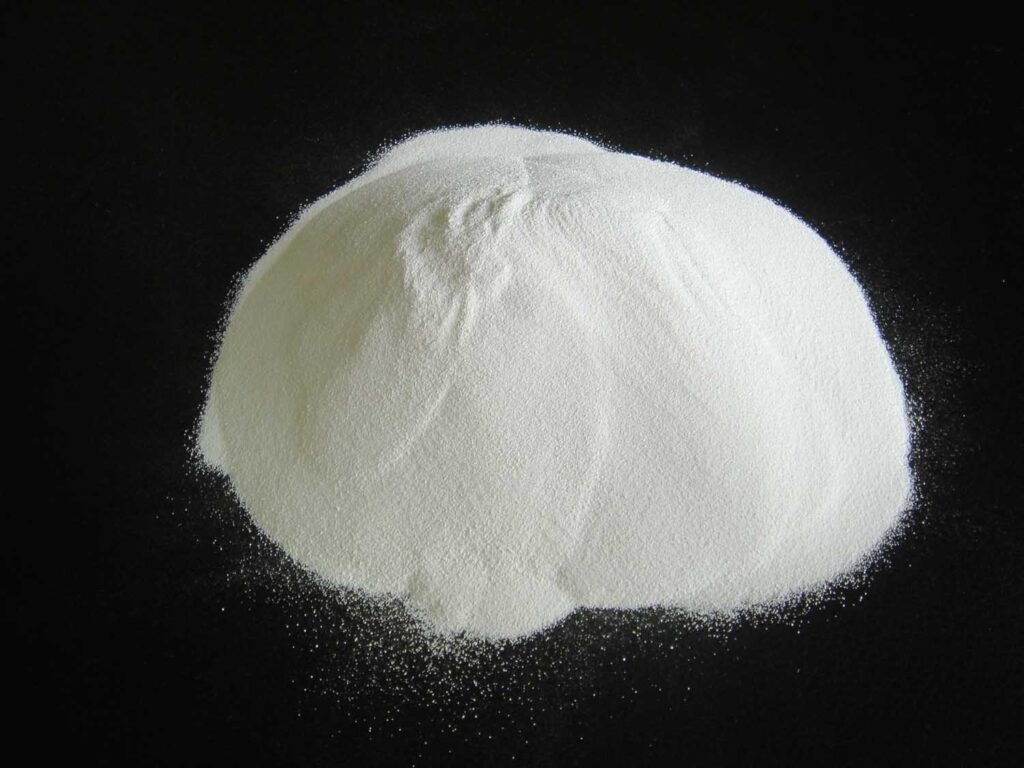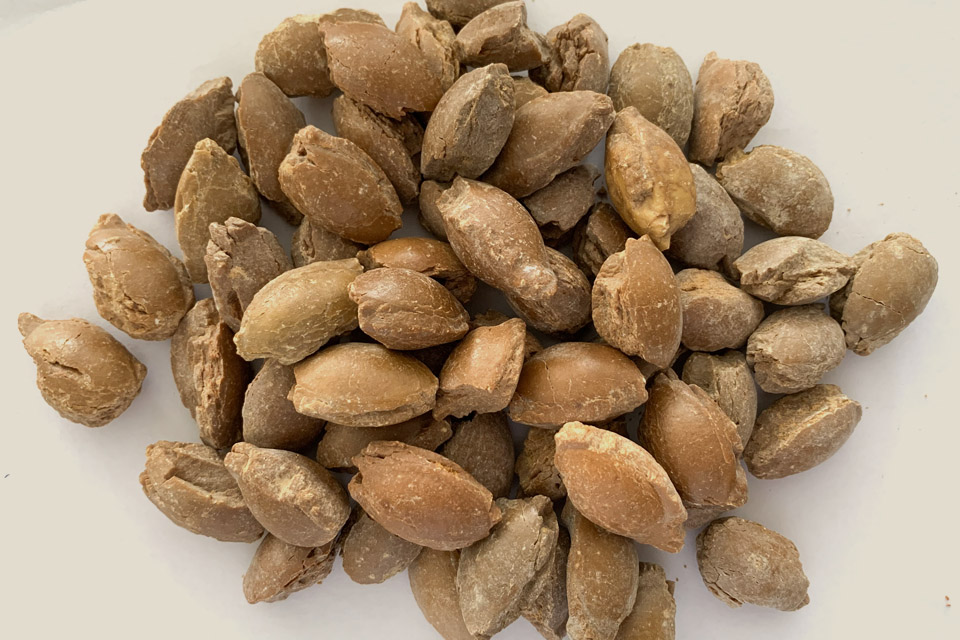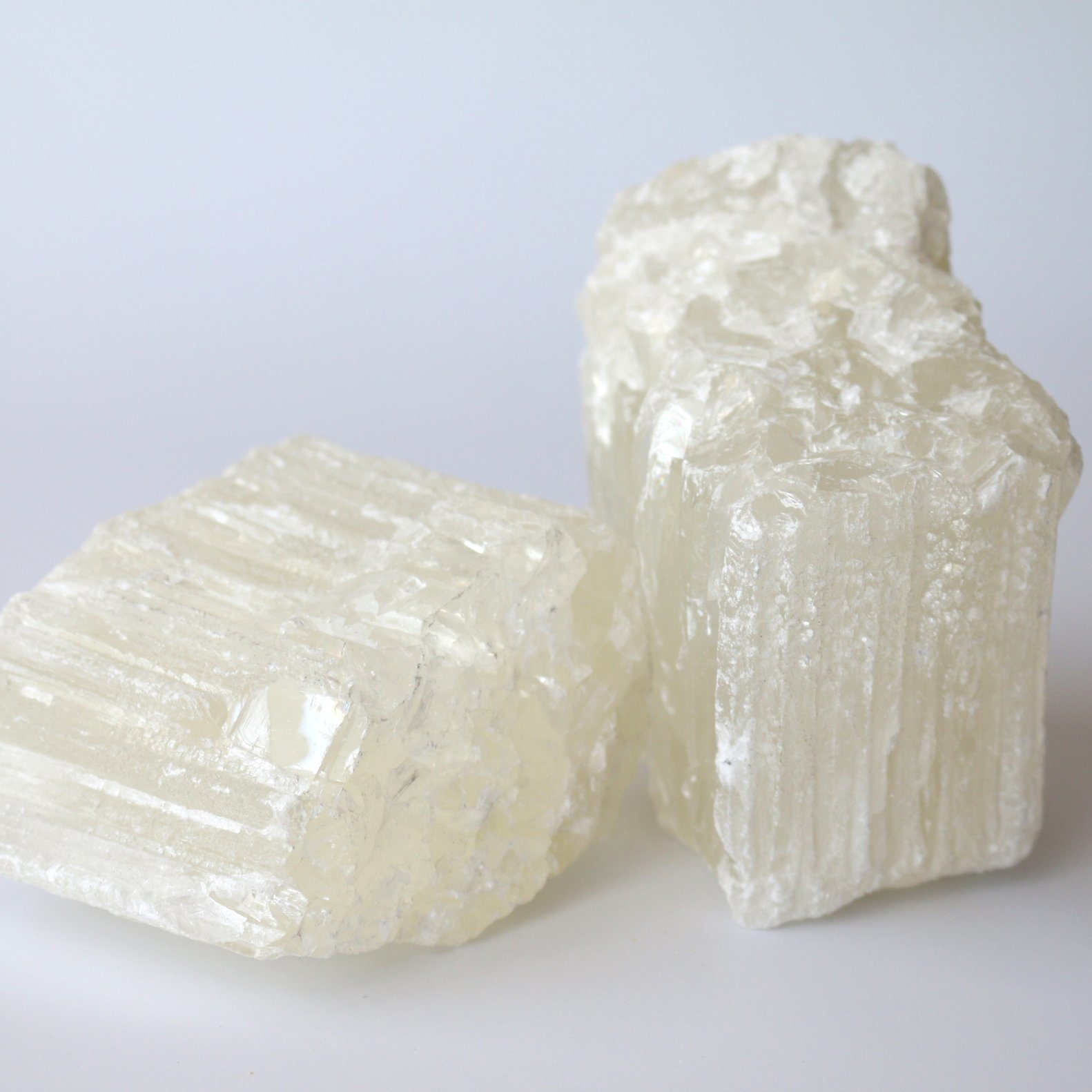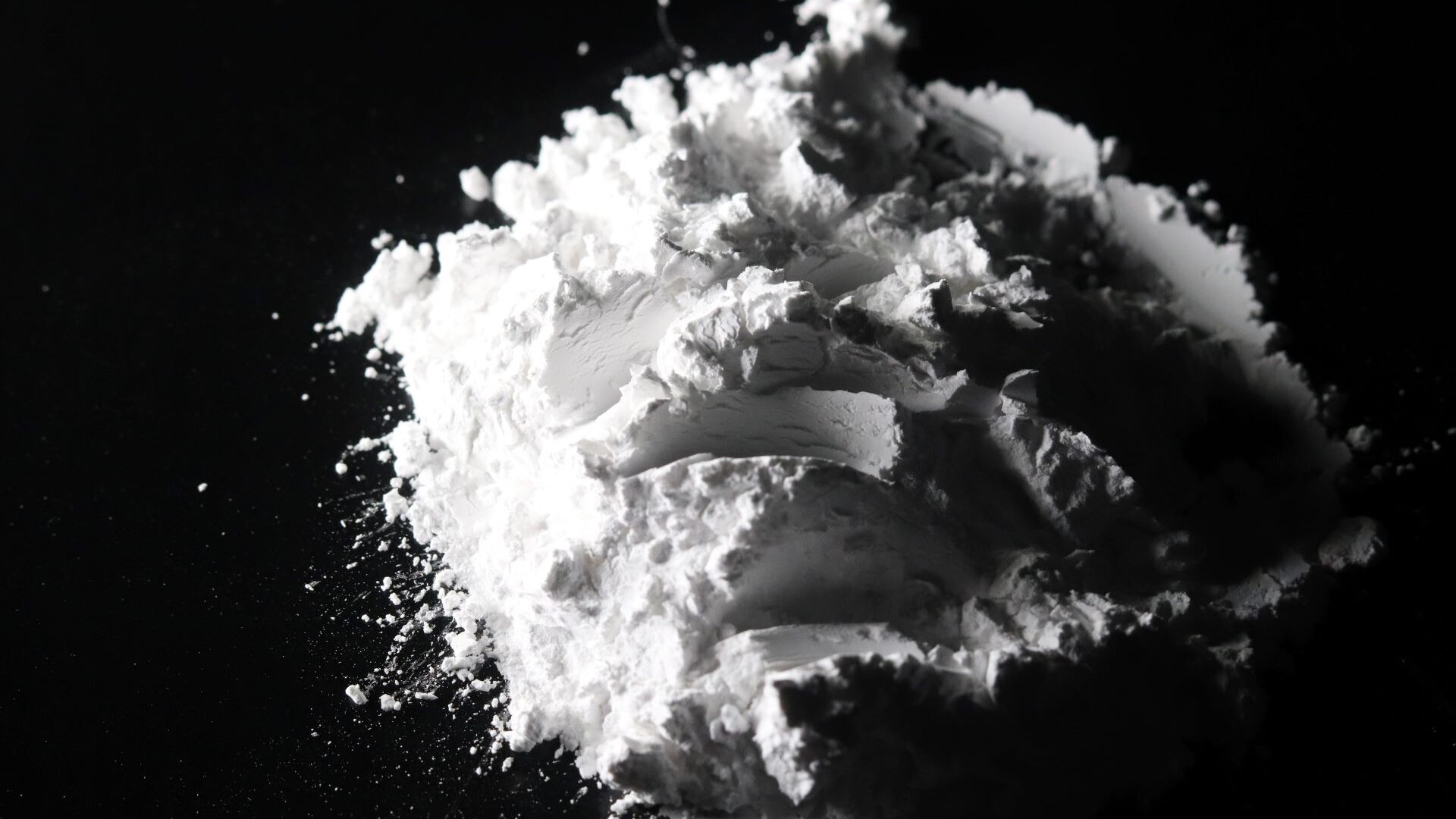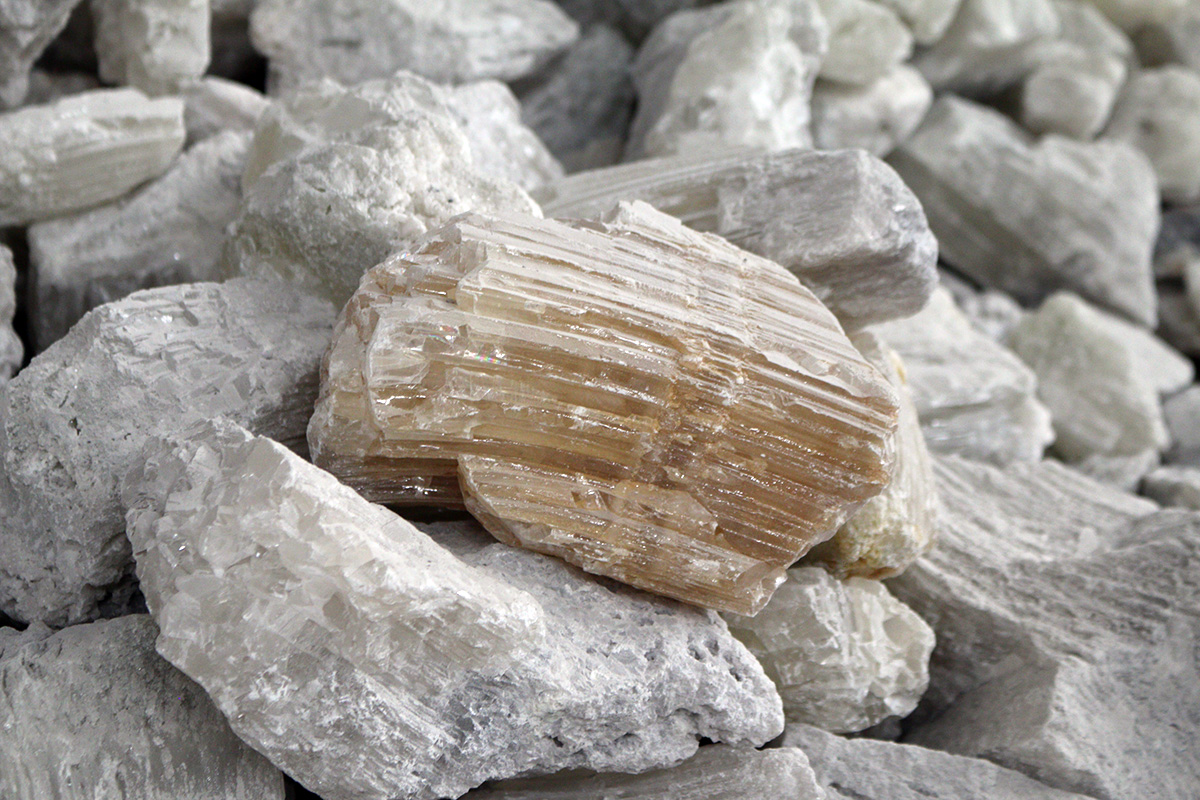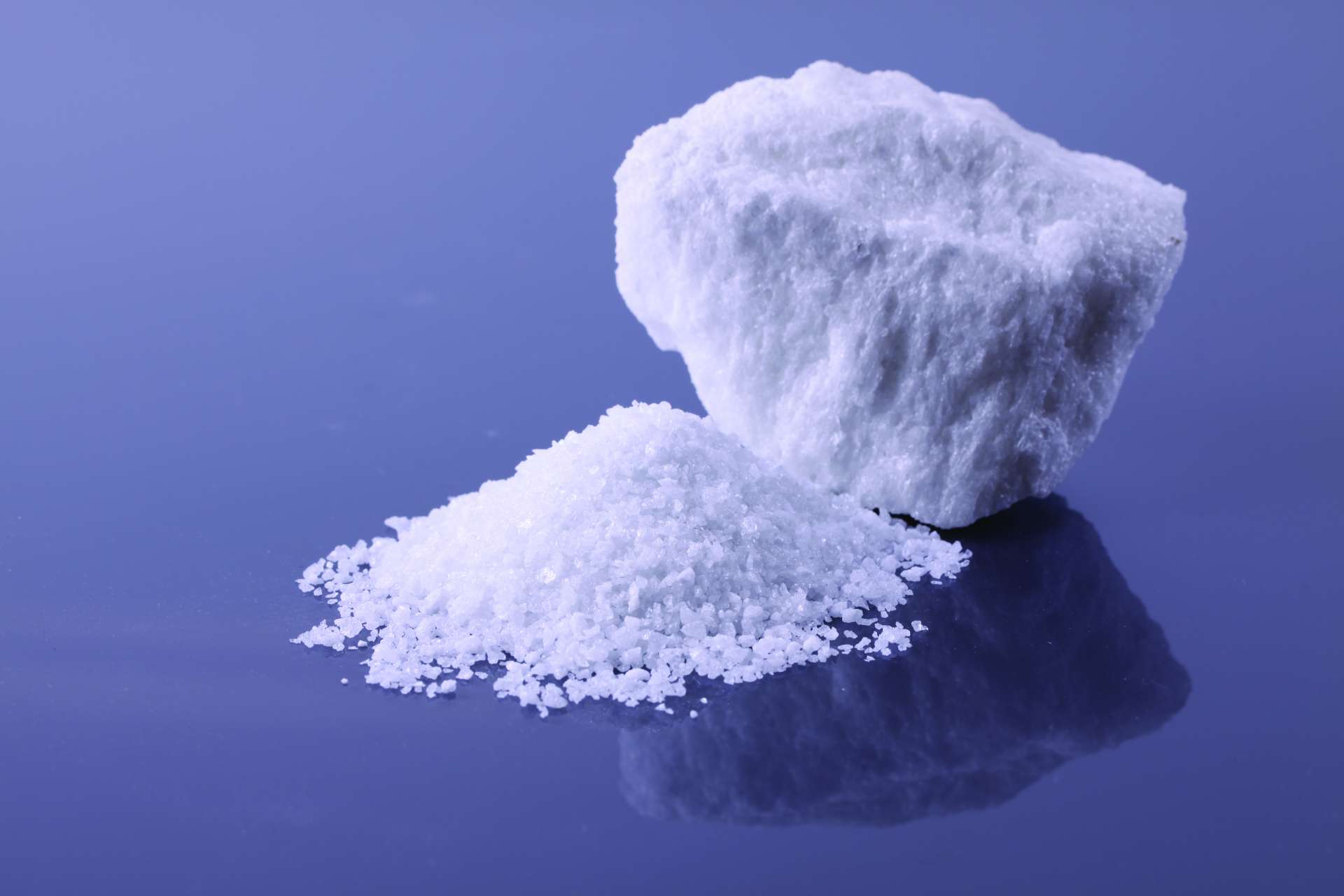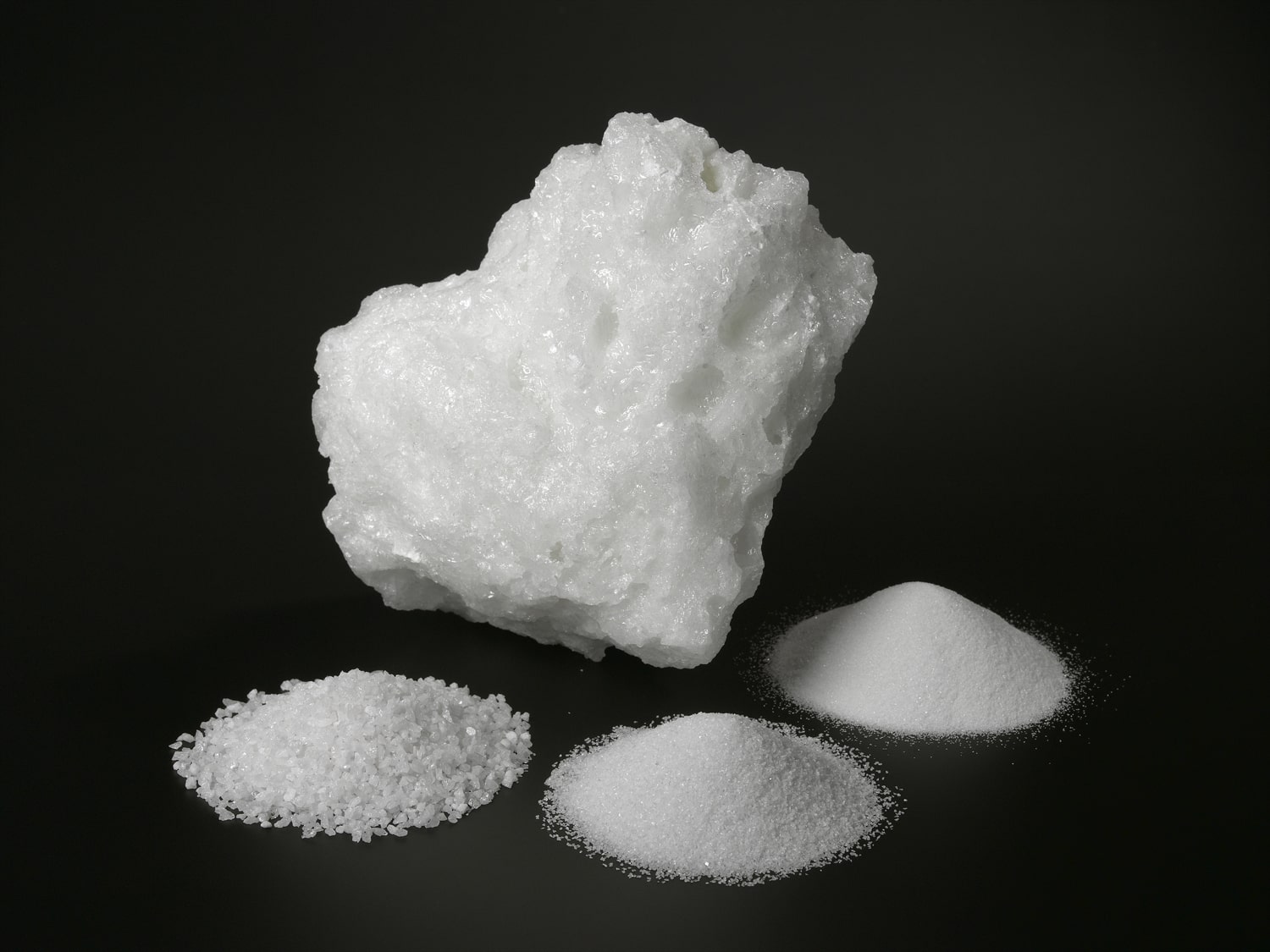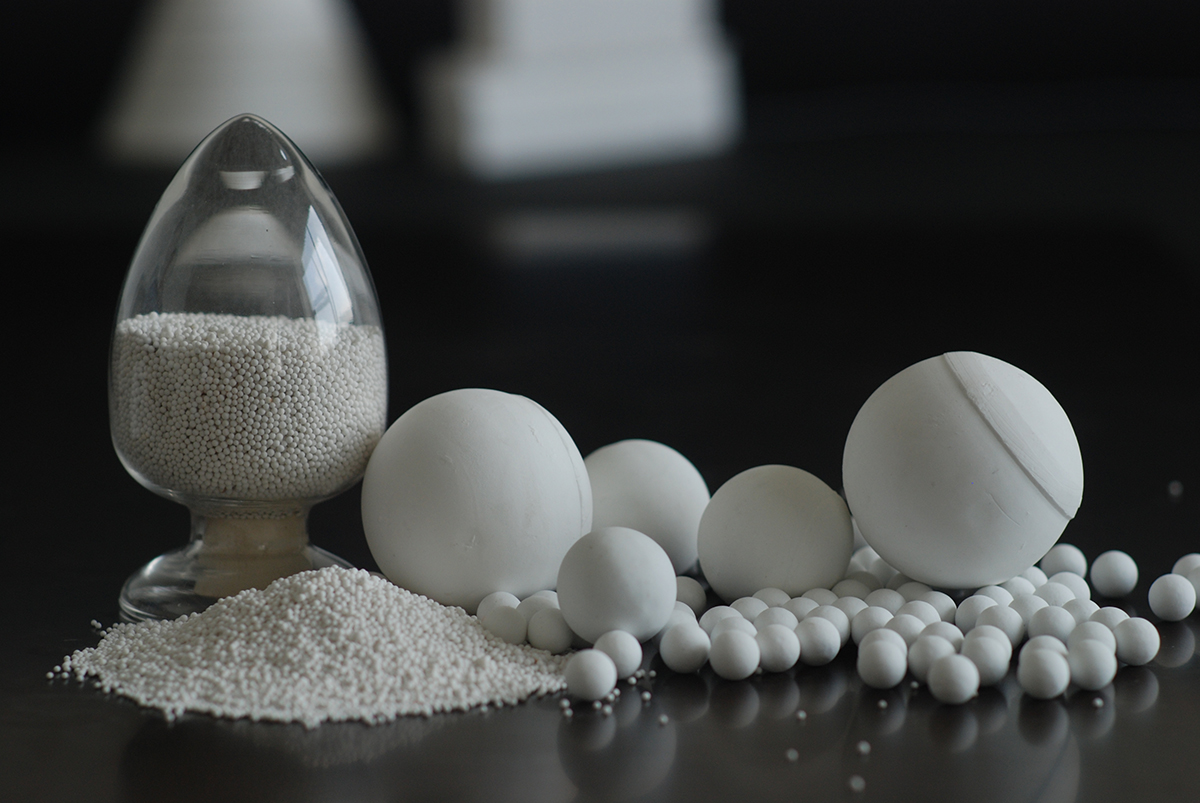Refractory Materials
CALCINED ALUMINA
Calcined aluminas are alpha-aluminas that consist primarily of sintered agglomerates of individual alumina crystals. The size of these primary crystals depends upon the degree of calcination and the agglomerate size on the subsequent grinding steps. The majority of calcined aluminas are supplied ground (<63μm) or fine-ground (<45μm). The agglomerates are not fully broken down during the grinding, which is a significant difference from reactive aluminas that are fully ground by a batch grinding process. Calcined aluminas are classified by soda content, particle size and degree of calcination. Ground and fine-ground calcined aluminas are used as a matrix filler to upgrade the product performance of formulations predominantly based on natural raw materials.
Calcined aluminas have a particle size similar to ground mineral aggregates and can therefore easily replace aggregates with lower purity. By increasing the overall alumina content of the mixes and improving their particle packing through the addition of fine alumina, the refractoriness and mechanical properties, such as hot modulus of rupture and abrasion resistance, are improved. The water demand of calcined aluminas is defined by the amount of residual agglomerates and the surface area. Therefore, calcined aluminas with low surface area are preferred as fillers in bricks and castables. Special calcined aluminas with higher surface area, can successfully replace clay as the plasticizer in gunning and ramming mixes. Refractory products modified by these products keep their good installation characteristics but show significantly reduced shrinkage after drying and firing.
